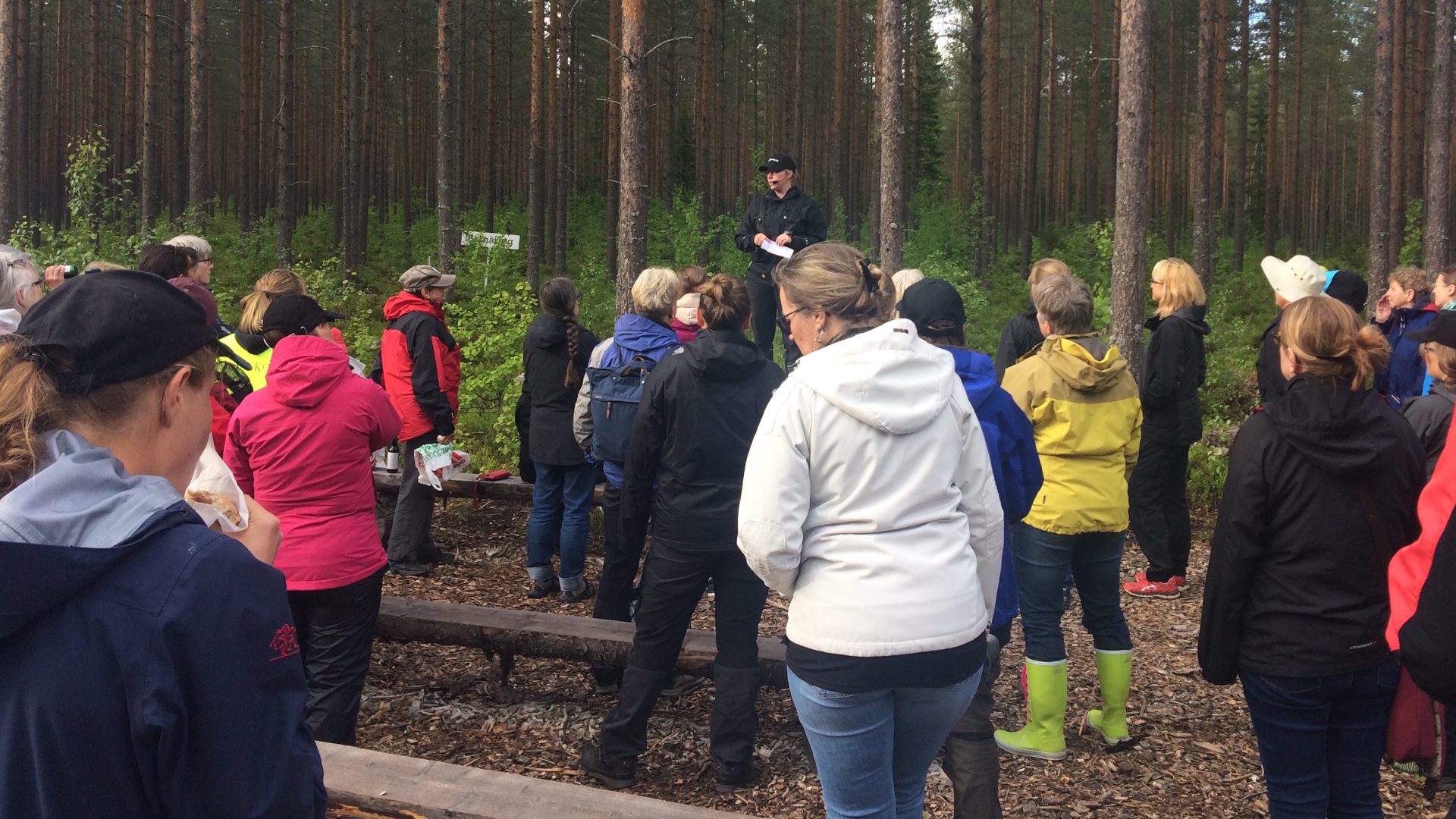The Swedish forestry industry depends heavily on private forest owners and their resources. Within a historical perspective men performed the heavy manual labor of logging, and remained in charge of the operations when the industry later became more industrialized and technological. This development has had the effect that the industry is by tradition strongly man-dominated, despite the fact that 38 percent of private owners today are women. A recent research article shows that women’s networks might support the forestry industry in changing and becoming more gender-equal.
The forestry industry has a will to change and become more gender-equal – a process that is already underway. However, the process is slow, and management within the sector has an ambition to speed it up. While it is no small task to increase the pace, research indicates that there might be strategies available that could have a positive impact. One of these is women’s networks within forestry. At the same time, the dominant strategy of the forestry industry is to include women into already existing structures, a strategy that might risk both hampering the development and limiting the possibilities for actual change, as women are thereby denied a mandate on their own premises.
Building a collective identity
Within a domain almost exclusively tinged by traditions and values associated with men, it might prove very difficult for women to feel that they belong. In an environment where men, through the perception of heavy labor and technology, have become the symbol of being knowledgeable about forestry, it is easy for women to feel excluded. As a strategy for handling this reality, women have established their own networks as a counterweight to their exclusion from the sector. In their practice, these networks serve as a resource in a collective effort to build knowledge and a new independent self-image. The women’s networks provide their members the possibility to exchange information and knowledge, and thereby create their own identity without outside pressure – an identity that by extension might also empower women’s networks in the public sphere.
Room for alternatives
Even if the networks may look similar on the surface, their participants represent a rather heterogonous group with both different pre-conditions and purposes, who form the organizational foundation for the networks. Despite this, as a public arena for women who own forest, the networks may have an important role to play. On the one hand the networks, as organizations, can reach a position of influence and thereby be able to make a difference. On the other hand, they can offer their members opportunities to formulate their identities, interests and needs, both as a collective and as individuals. It might be as simple as the networks making it possible to do gender equality work that is curious and critical of norms while at the same time also being inclusive. Furthermore, the networks offer the possibility to investigate alternatives to the current view on forest ownership and its organization.
Facts
Andersson, E., Lidestav, G. (2016) Creating alternative spaces and articulating needs: Challenging gendered notions of forestry and forest ownership through women’s networks, Forest Policy and Economics 67(Jun), 38-44.

